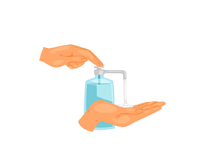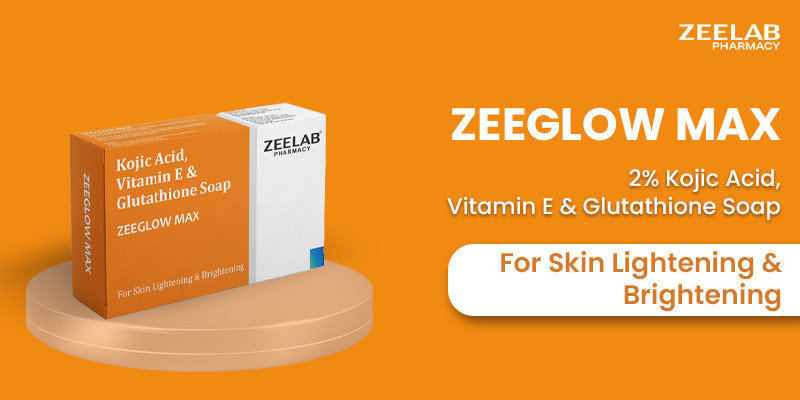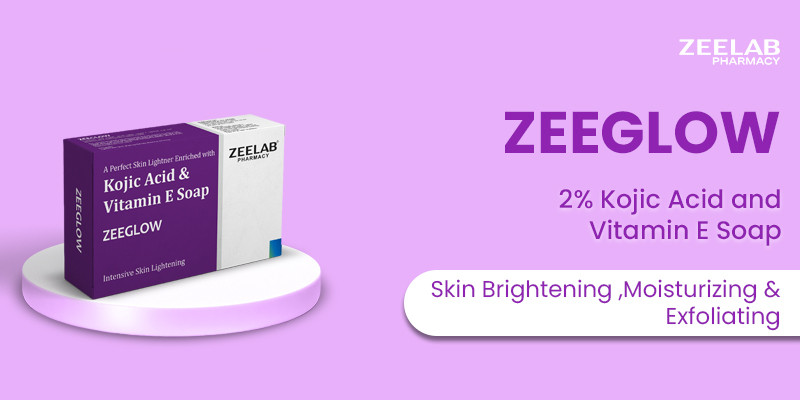Retinoic Acid
Retinoic Acid, also known as tretinoin, is a derivative of Vitamin A. It is commonly used in dermatology to treat various skin conditions, including acne, hyperpigmentation, and signs of aging such as wrinkles and fine lines. Retinoic Acid works by promoting cell turnover, helping to unclog pores and renew skin. It can also improve skin texture and tone, making it a valuable ingredient in many skincare treatments.
Uses of Retinoic Acid
- Treats acne and prevents new breakouts
- Reduces the appearance of wrinkles and fine lines
- Improves skin texture and tone
- Helps with hyperpigmentation and dark spots
- Can be used to treat sun-damaged skin
How Retinoic Acid works
Retinoic Acid accelerates cell turnover, which helps to prevent clogged pores and reduces the formation of acne. It also stimulates collagen production, improving skin elasticity and reducing the appearance of wrinkles. Additionally, it helps fade dark spots and uneven skin tone by promoting the shedding of damaged skin cells.
Benefits of Retinoic Acid
- Effective treatment for acne and blackheads
- Reduces wrinkles and fine lines for a youthful appearance
- Improves overall skin tone and texture
- Fades dark spots, sunspots, and pigmentation issues
- Stimulates collagen production for firmer skin
How to take Retinoic Acid
Retinoic Acid is typically applied topically in the form of creams or gels. Cleanse the skin thoroughly before applying a small amount of Retinoic Acid to the affected areas, usually once a day in the evening. Start with a lower concentration to allow your skin to adjust and gradually increase usage as tolerated. Always follow your doctor’s instructions regarding application and frequency.
Type of Dosage Available
- Topical creams and gels
- Prescription-strength formulations
Side effects of Retinoic Acid
- Skin irritation, redness, or peeling
- Dryness or flakiness of the skin
- Increased sensitivity to sunlight
- Severe reactions, including blistering or swelling (rare)
Safety advice
- Use sunscreen daily when using Retinoic Acid, as it increases skin sensitivity to the sun
- Start with a lower concentration to minimize irritation
- Do not use on broken or irritated skin
- Consult your doctor before using Retinoic Acid if you are pregnant or breastfeeding
- Discontinue use if severe irritation or allergic reactions occur
Frequently Asked Questions (FAQs)
Q1. What is Retinoic Acid used for?
A1. Retinoic Acid is used to treat acne, reduce the appearance of wrinkles, improve skin texture, and fade dark spots and pigmentation.
Q2. How should Retinoic Acid be applied?
A2. Apply a thin layer to clean, dry skin in the evening. Start with a lower concentration and gradually increase as your skin gets accustomed.
Q3. Are there any side effects of Retinoic Acid?
A3. Common side effects include dryness, redness, irritation, and peeling. Rarely, it may cause blistering or swelling.
Q4. Can Retinoic Acid be used during the day?
A4. It is recommended to use Retinoic Acid in the evening as it can make your skin more sensitive to the sun. Always use sunscreen during the day.
Q5. How long will it take to see results from Retinoic Acid?
A5. Results vary, but you may start noticing improvements in acne and skin texture within 4-6 weeks of consistent use. Full benefits may take several months.
Download India's most affordable pharmacy app
- Compare with medicine prices
- Save upto 90% on your medicine bills

Temperature Controlled storage and delivery

Regular Sanitization

Disinfected Packaging














 Added!
Added!